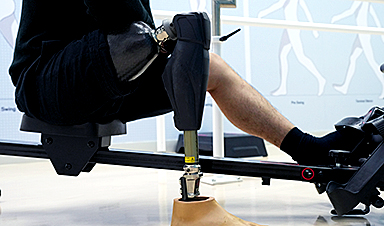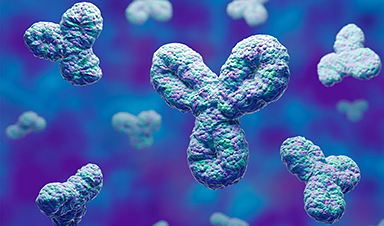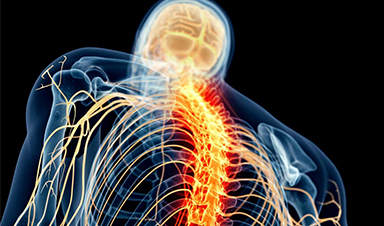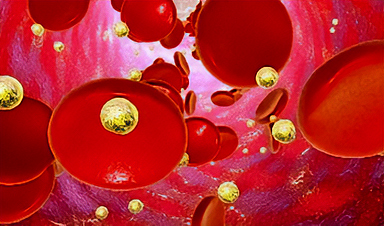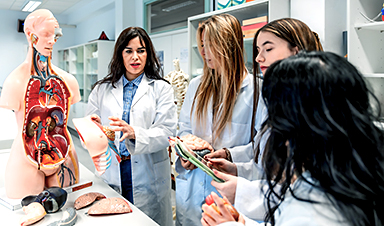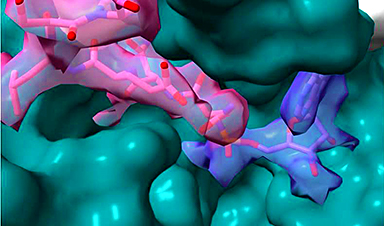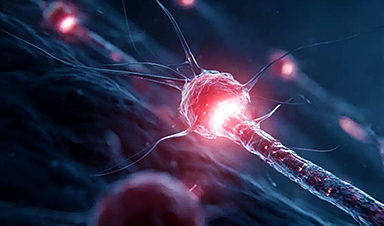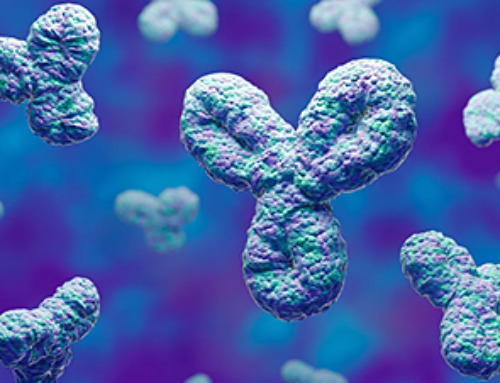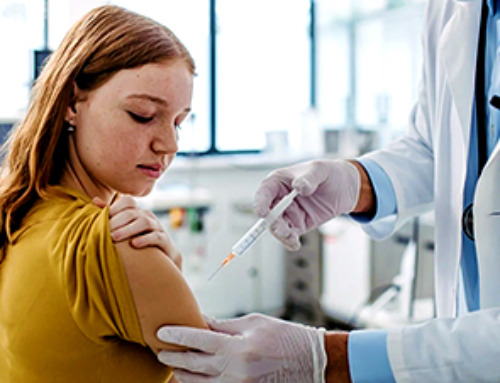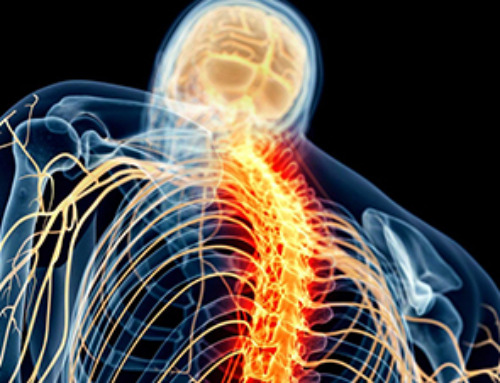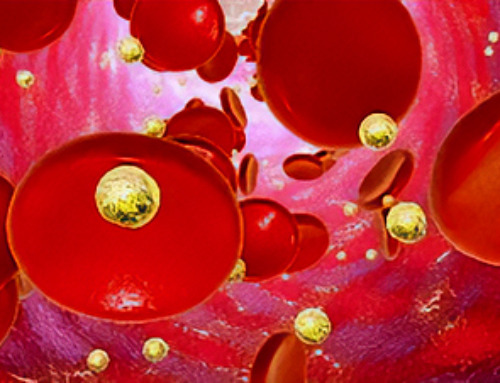In a collaborative study, researchers from Kyushu University and Harvard Medical School have identified proteins that can turn or “reprogram” fibroblasts — the most commonly found cells in skin and connective tissue — into cells with similar properties to limb progenitor cells. Publishing in Developmental Cell (“Direct reprogramming of non-limb fibroblasts to cells with properties of limb progenitors”), the researchers’ findings have enhanced our understanding of limb development and have set the stage for regenerative therapy in the future.
Globally, close to 60 million people are living with limb loss. Amputations can result from various medical conditions such as tumors, infections, and birth defects, or due to trauma from industrial accidents, traffic accidents, and natural disasters such as earthquakes. People with limb injuries often rely on synthetic materials and metal prostheses, but many researchers are studying the process of limb development, with the aim of bringing regenerative therapy, or natural tissue replacement, one step closer as a potential treatment.
“During limb development in the embryo, limb progenitor cells in the limb bud give rise to most of the different limb tissues, such as bone, muscle, cartilage and tendon. It’s therefore important to establish an easy and accessible way of making these cells,” explains Dr. Yuji Atsuta, lead researcher who began tackling this project at Harvard Medical School and continues it as a lecturer at Kyushu University’s Graduate School of Sciences.
Currently, a common way to obtain limb progenitor cells is directly from embryos, which, in the case of human embryos, raises ethical concerns. Alternatively, they can be made using induced pluripotent stem cells — adult cells which are reprogrammed into an embryonic-like state, and which can later be coaxed into specific tissue types. The new method developed by Atsuta and colleagues, which directly reprograms fibroblast cells into limb progenitor cells and bypasses induced pluripotent stem cells, simplifies the process and reduces costs. It also mitigates the concern of cells turning cancerous, which often occurs with induced pluripotent stem cells.
In the initial phase of the study, the researchers looked at what genes were expressed in the early limb buds in mice and chicken embryos. Almost all cells in the body, including fibroblasts and limb progenitor cells, contain identical genomic DNA, but the different properties and functions of each cell type emerge during development due to changes in gene expression (in other words, which genes are active, and which proteins are produced by the cell). One way that gene expression is controlled in cells is by specific proteins, called transcription factors.
The research group identified 18 genes, mostly transcription factors, that are more highly expressed in the early limb bud compared to other tissues. They cultured fibroblasts from mouse embryos and introduced these 18 genes into the fibroblasts using viral vectors so that the cells produced these 18 protein factors. They found that the modified fibroblasts took on the properties and showed similar gene expression to naturally-occurring limb progenitor cells found in limb buds.
Next, over a series of experiments, the researchers narrowed down their selection and determined that only three protein factors were essential to reprogram mouse fibroblasts into limb progenitor-like cells: Prdm16, Zbtb16, and Lin28a. A fourth protein, Lin41, helped the cultured limb progenitor cells grow and multiply more rapidly.
The researchers not only confirmed that the reprogrammed limb progenitor cells had similar gene expression to natural limb progenitor cells, but also had similar ability. “These reprogrammed cells are not only molecular mimics; we have confirmed their potential to develop into specialized limb tissues, both in laboratory dishes (in vitro) and also in living organisms (in vivo),” says Atsuta. “Testing in vivo was particularly challenging, as we had to transplant the reprogrammed mouse cells into the limb buds of chicken embryos.”
In these experiments, the researchers used lentiviruses, which insert genes directly into the infected cells’ genome, raising the risk that the cells can become cancer. Instead, the team is considering other safer vectors, such as adeno-associated viruses or plasmids, which deliver genes to the cells without inserting genes into the genome.
Atsuta’s lab group is now trying to apply this method to human cells, for future therapeutic applications, and also to snakes, whose ancestors had limbs that were subsequently lost during evolution. “Interestingly, the reprogrammed limb progenitor cells generated limb bud-like organoids, so it seems possible to generate limb tissues in species that no longer possess them. The study of limbless snakes can uncover new pathways and knowledge in developmental biology.”
News
Specially engineered antibody delivers RNA therapy to treatment-resistant tumors
Elias Quijano, PhD; Diana Martinez-Saucedo, PhD; Zaira Ianniello, PhD; and Natasha Pinto-Medici, PhD, there are 25 other contributors, most from Yale's Department of Therapeutic Radiology and from the departments of genetics, molecular biophysics and [...]
Vaccinated women face fewer cervical cancer risks
New data from Denmark shows the HPV vaccine’s powerful long-term impact, while also revealing why cervical cancer screening is still essential. A Danish study published in the journal Eurosurveillance reports that women who received the human [...]
3D-printed implant offers a potential new route to repair spinal cord injuries
A research team at RCSI University of Medicine and Health Sciences has developed a 3-D printed implant to deliver electrical stimulation to injured areas of the spinal cord, offering a potential new route to [...]
Nanocrystals Carrying Radioisotopes Offer New Hope for Cancer Treatment
The Science Scientists have developed tiny nanocrystal particles made up of isotopes of the elements lanthanum, vanadium, and oxygen for use in treating cancer. These crystals are smaller than many microbes and can carry isotopes of [...]
New Once-a-Week Shot Promises Life-Changing Relief for Parkinson’s Patients
A once-a-week shot from Australian scientists could spare people with Parkinson’s the grind of taking pills several times a day. The tiny, biodegradable gel sits under the skin and releases steady doses of two [...]
Weekly injectable drug offers hope for Parkinson’s patients
A new weekly injectable drug could transform the lives of more than eight million people living with Parkinson's disease, potentially replacing the need for multiple daily tablets. Scientists from the University of South Australia [...]
Most Plastic in the Ocean Is Invisible—And Deadly
Nanoplastics—particles smaller than a human hair—can pass through cell walls and enter the food web. New research suggest 27 million metric tons of nanoplastics are spread across just the top layer of the North [...]
Repurposed drugs could calm the immune system’s response to nanomedicine
An international study led by researchers at the University of Colorado Anschutz Medical Campus has identified a promising strategy to enhance the safety of nanomedicines, advanced therapies often used in cancer and vaccine treatments, [...]
Nano-Enhanced Hydrogel Strategies for Cartilage Repair
A recent article in Engineering describes the development of a protein-based nanocomposite hydrogel designed to deliver two therapeutic agents—dexamethasone (Dex) and kartogenin (KGN)—to support cartilage repair. The hydrogel is engineered to modulate immune responses and promote [...]
New Cancer Drug Blocks Tumors Without Debilitating Side Effects
A new drug targets RAS-PI3Kα pathways without harmful side effects. It was developed using high-performance computing and AI. A new cancer drug candidate, developed through a collaboration between Lawrence Livermore National Laboratory (LLNL), BridgeBio Oncology [...]
Scientists Are Pretty Close to Replicating the First Thing That Ever Lived
For 400 million years, a leading hypothesis claims, Earth was an “RNA World,” meaning that life must’ve first replicated from RNA before the arrival of proteins and DNA. Unfortunately, scientists have failed to find [...]
Why ‘Peniaphobia’ Is Exploding Among Young People (And Why We Should Be Concerned)
An insidious illness is taking hold among a growing proportion of young people. Little known to the general public, peniaphobia—the fear of becoming poor—is gaining ground among teens and young adults. Discover the causes [...]
Team finds flawed data in recent study relevant to coronavirus antiviral development
The COVID pandemic illustrated how urgently we need antiviral medications capable of treating coronavirus infections. To aid this effort, researchers quickly homed in on part of SARS-CoV-2's molecular structure known as the NiRAN domain—an [...]
Drug-Coated Neural Implants Reduce Immune Rejection
Summary: A new study shows that coating neural prosthetic implants with the anti-inflammatory drug dexamethasone helps reduce the body’s immune response and scar tissue formation. This strategy enhances the long-term performance and stability of electrodes [...]
Scientists discover cancer-fighting bacteria that ‘soak up’ forever chemicals in the body
A family of healthy bacteria may help 'soak up' toxic forever chemicals in the body, warding off their cancerous effects. Forever chemicals, also known as PFAS (per- and polyfluoroalkyl substances), are toxic chemicals that [...]
Johns Hopkins Researchers Uncover a New Way To Kill Cancer Cells
A new study reveals that blocking ribosomal RNA production rewires cancer cell behavior and could help treat genetically unstable tumors. Researchers at the Johns Hopkins Kimmel Cancer Center and the Department of Radiation Oncology and Molecular [...]
